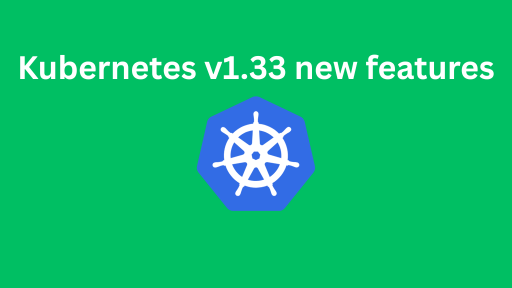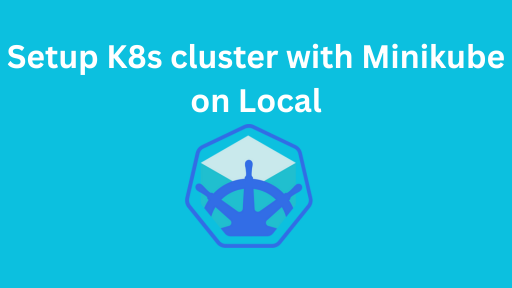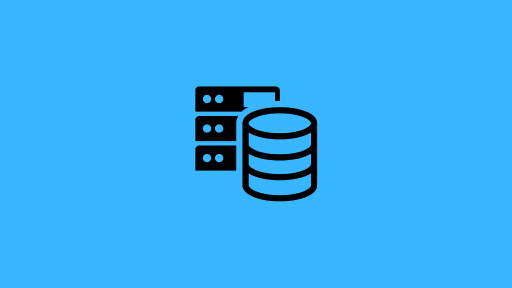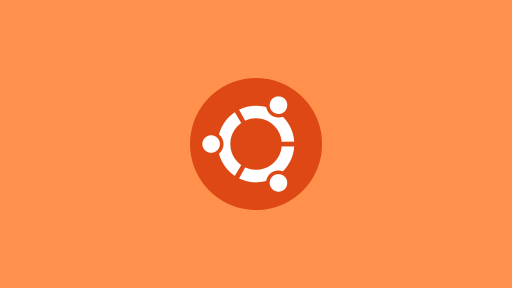The Kubernetes v1.33 release, codenamed “Octarine,” is not just an incremental update; it’s a foundational one. It delivers long-awaited, critical features that directly address some of the biggest pain points in cloud-native operations: managing resource efficiency, simplifying complex architectural patterns, and strengthening security.
The kubernets v1.33 release, codenamed “Octarine,” brings exciting improvements that benefit cloud-native applications.
Here’s an in-depth look at the most impactful features.

The Core Game-Changers in kubernets v1.33 Release
These features dramatically reduce operational overhead and improve the elasticity of your workloads.
In-Place Pod Vertical Scaling (Beta)
This feature is a revolution for resource management, particularly for stateful or long-running applications.
| Before 1.33 | With 1.33 (In Place Resize ) |
| Downtime: You had to restart the Pod to change CPU/memory. | Zero Downtime: You can adjust resources while the Pod is running. |
The introduction of kubernetes v1.33 is a game-changer for developers aiming for high availability.
With In-Place Pod Vertical Scaling reaching Beta in kubernetes v1.33, you no longer have to restart a Pod just to change its resources. This is a crucial step for creating efficient, adaptive systems that can adjust to new demands with zero downtime.
With kubernets v1.33, users can expect enhanced performance and reliability in their applications.
Sidecar Containers Graduation to Stable (GA)
With Kubernetes v1.33, we have stable sidecar support, which prevents premature termination of essential services and guarantees that sidecars (like log collectors or proxies) can complete their critical cleanup tasks after the main container exits.
Sidecar containers are now officially Stable (GA), meaning they are considered production-ready. Specifically, you can define an initContainer with a restartPolicy: Always, which ensures:
- The sidecar starts first (if needed for initialization).
- The sidecar runs concurrently with the main application.
- The sidecar terminates last, allowing essential functions (like flushing logs or completing a proxy connection) to finish gracefully after the main application exits.
User Namespaces Enabled by Default (Beta)
Security is a continuous priority, and v1.33 takes a significant step in hardening multi-tenant clusters.
Security enhancements in kubernets v1.33 ensure that user data remains protected.
How it works: User namespaces enable a container’s root user to be mapped to an unprivileged user ID (UID) on the host node.As kubernets v1.33 becomes standard, organisations can achieve more robust security and management.
The Benefit: If an attacker manages to escape the container and obtain root privileges inside the container, those privileges are non-root and constrained on the host system, dramatically limiting the scope of any potential breach. This feature is now enabled by default for Linux Pods.
Additional Key Enhancements
These updates streamline deployment and debugging workflows.
OCI Artifact and Image Volumes (Alpha)
This experimental feature simplifies how you deliver content to a Pod:
What it is: You can mount a container image or an OCI artifact (like a config file bundle) directly as a read-only volume.
Benefit: Inject standardized CLI tools or configurations without bloating your main application image or relying on complicated initContainers.
Job Success Policy (GA)
For batch processing and parallel computing, a single failure no longer needs to doom the entire job.
The Job Success Policy is now Stable (GA), allowing flexible completion criteria:
You can set the job as successful if a minimum number of tasks succeed (e.g., succeededCount: 90%).
It supports leader-worker patterns where the job only needs a designated “leader” Pod to complete successfully.
kubectl User Preferences (.kuberc) (Alpha)
This is a developer-focused update that simplifies your daily command-line life:
With kubernets v1.33, the resource allocation becomes significantly smoother and more efficient.
What it is: A new, separate config file (~/.kube/kuberc) for storing personal kubectl settings.
Core Benefit: Store your custom command aliases (like kpf for kubectl port-forward) and default flags in one place, separate from your sensitive cluster credentials (kubeconfig). This makes your workflow safer and more portable.
Dynamic Resource Allocation (DRA) Improvements (Beta)
DRA is the new standard for managing specialized hardware (like GPUs, FPGAs, and high-speed network interfaces) for AI/ML and HPC jobs.
v1.33 introduces new Alpha features for maximum hardware efficiency:
The stability achieved in kubernets v1.33 allows for seamless operational continuity.
Partitionable Devices: Allows one large physical device (e.g., a massive GPU) to be split into smaller logical parts, increasing hardware utilization.
Overall, kubernets v1.33 enhances both performance and cost-effectiveness in cloud operations.
Prioritized List: Users can list acceptable hardware alternatives in order (e.g., “prefer H100, but an A100 is fine”), giving the scheduler more options for faster placement.
In conclusion, kubernets v1.33 represents a pivotal moment for developers and businesses alike.
With kubernets v1.33, users can leverage the latest innovations in container orchestration.
kubernets v1.33 is a major step in cloud-native technology evolution.
Many organisations are eager to adopt kubernets v1.33 for its numerous advantages.
Upgrading to kubernets v1.33 promises enhanced features and improved usability.
Topology-Aware Routing (GA)
This feature is now Stable (GA), offering a massive win for cluster cost and performance.
By setting service.spec.trafficDistribution: PreferClose, Kubernetes intelligently routes traffic:
Better Performance: Traffic stays local to the same Availability Zone (AZ) or node, reducing latency.
Cost Savings: It minimizes expensive cross-zone data transfer fees charged by cloud providers.
Conclusion
Kubernetes v1.33 “Octarine” is a major release that makes running your clusters better, cheaper, and more secure.
The Sidecar Containers and Topology-Aware Routing are now fully stable (GA), which means immediate reliability and lower cloud costs for your network traffic. Crucial features like In-Place Pod Resize and User Namespaces are advancing, allowing you to save money by using resources more efficiently and making your multi-tenant environments much safer.
Simply put, v1.33 gives operators the tools they need for true efficiency and solid operations. Upgrade your cluster with confidence.





